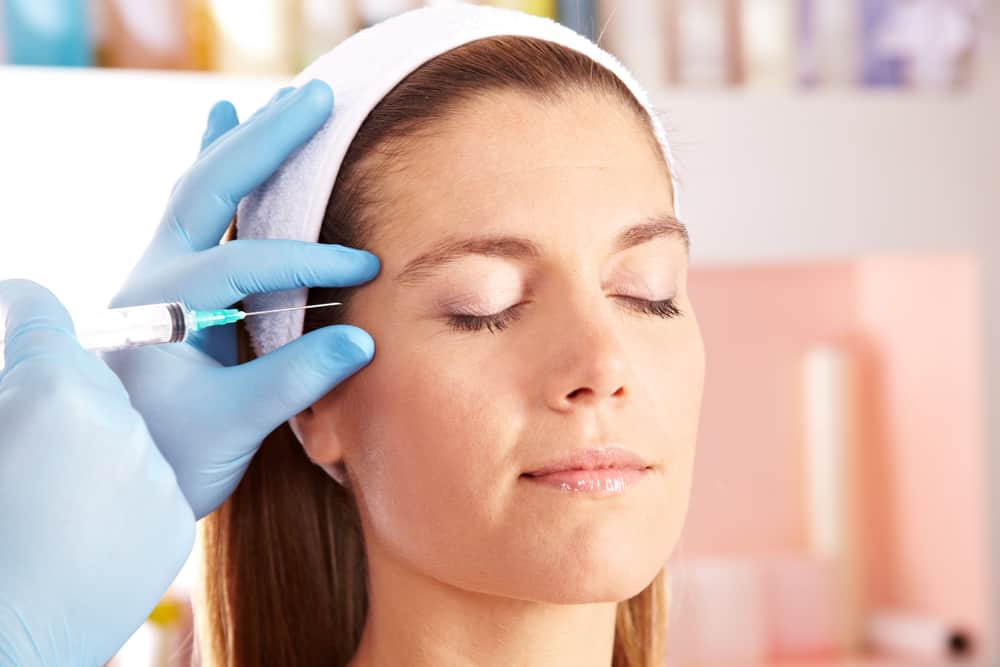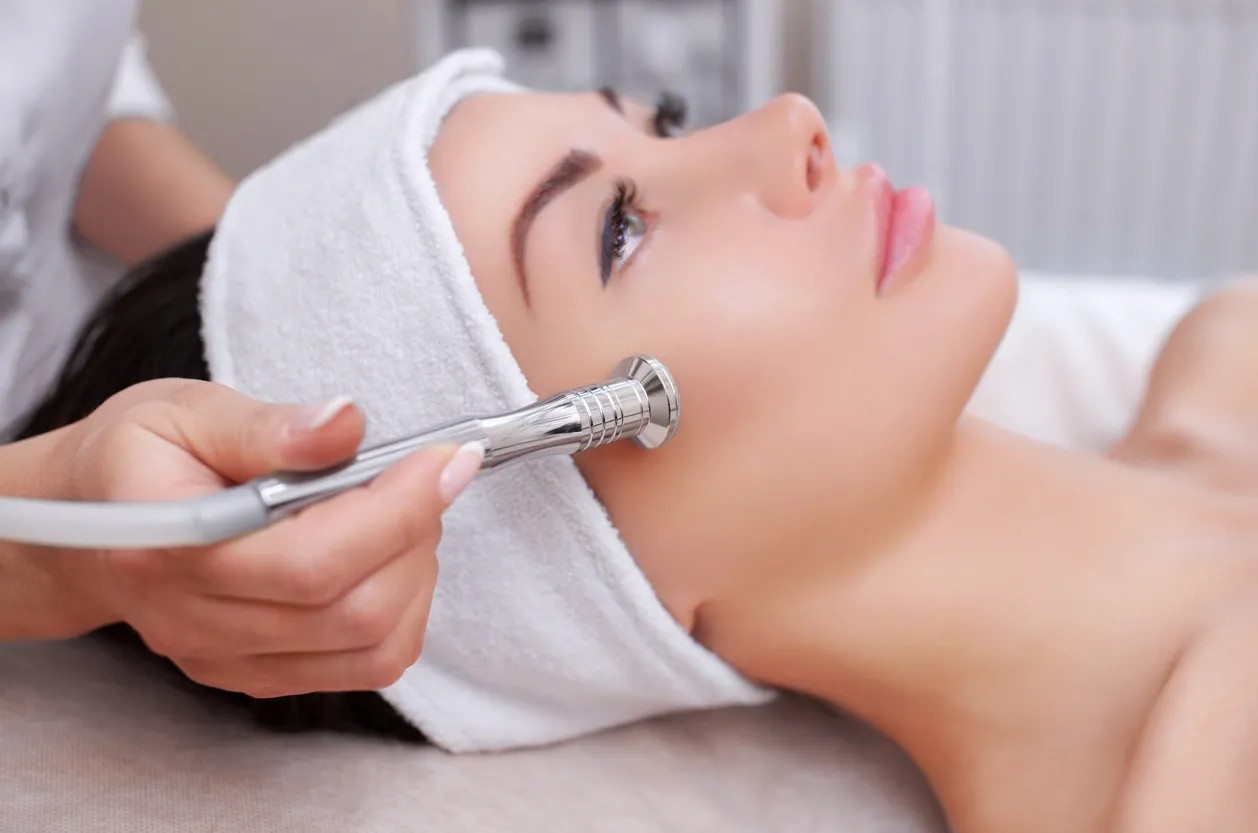When most people think of Botox, they picture smooth foreheads and wrinkle-free smiles. While Botox is indeed a popular cosmetic treatment, it’s far more versatile than many realize. In fact, Botox has a long history of medical uses that go far beyond the beauty industry. From chronic migraines to muscle spasms, this powerful injectable has improved quality of life for countless individuals dealing with conditions that don’t show up in selfies. Here’s a closer look at some of the most surprising and beneficial medical uses of Botox.
- Chronic Migraine Relief
One of the most well-known non-cosmetic uses of Botox is for the treatment of chronic migraines. Approved by the FDA in 2010, Botox can help reduce the frequency and intensity of headaches in people who suffer from migraines 15 or more days per month. The treatment involves multiple small injections around the head, neck, and shoulders every 12 weeks. While it doesn’t eliminate migraines completely, many patients experience a noticeable decrease in episodes and severity.
- Hyperhidrosis (Excessive Sweating)
Botox is a game-changer for those who suffer from hyperhidrosis—a condition where the body sweats excessively, even when not overheated or exercising. Botox works by temporarily blocking the nerves that trigger sweat glands. It’s especially effective for underarms, hands, feet, and even the face. Patients typically notice results within a few days, and relief can last anywhere from 4 to 12 months. For people who’ve struggled with embarrassment or discomfort due to excessive sweating, Botox offers life-changing confidence and comfort.
- Overactive Bladder and Urinary Incontinence
Botox can also be used to manage symptoms of an overactive bladder, including frequent urges to urinate and urinary leakage. By injecting Botox directly into the bladder muscle, it helps reduce involuntary contractions that cause these symptoms. This treatment is often recommended when other medications have failed, and it can significantly improve quality of life for those with urinary control issues.
- TMJ and Jaw Tension
Temporomandibular joint (TMJ) disorders can lead to jaw pain, headaches, and even difficulty chewing or speaking. Botox is now being used to treat TMJ by relaxing the overactive jaw muscles that contribute to this pain and tension. For many patients, this means reduced discomfort and fewer teeth grinding episodes, often without the need for invasive procedures or ongoing use of mouthguards.
- Muscle Spasms and Neurological Disorders
Botox was originally developed as a treatment for eye muscle disorders like strabismus (crossed eyes) and blepharospasm (involuntary blinking). Today, it’s still widely used to manage a variety of muscle-related conditions, including cervical dystonia (painful neck spasms) and spasticity caused by conditions like cerebral palsy, multiple sclerosis, or stroke. By temporarily blocking nerve signals to affected muscles, Botox helps reduce involuntary movements and improve function.












